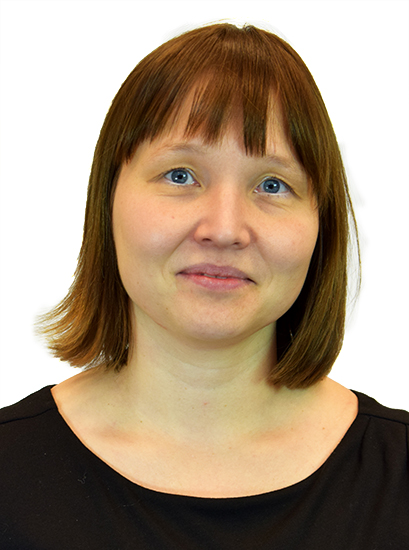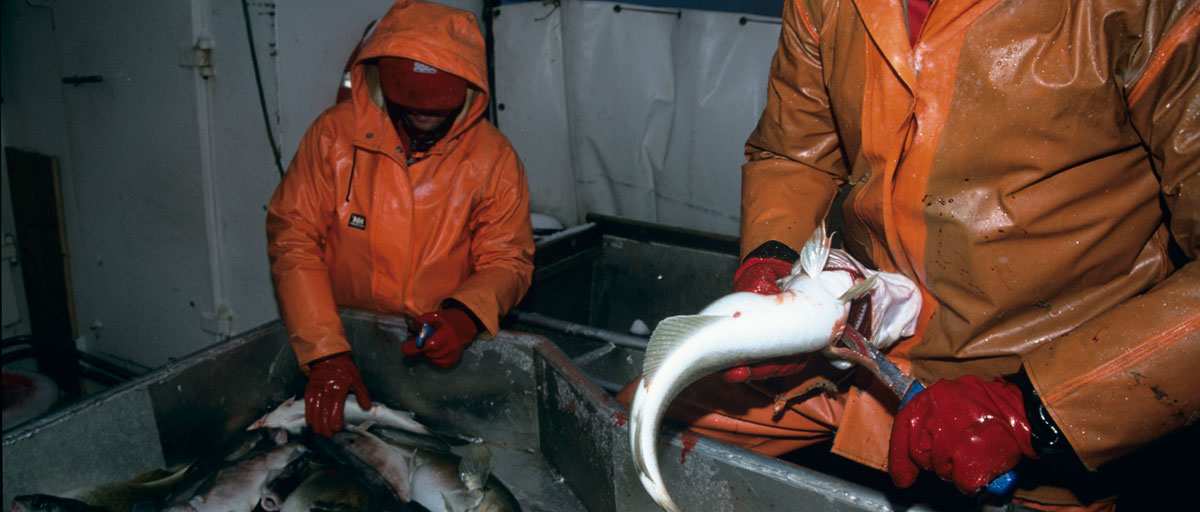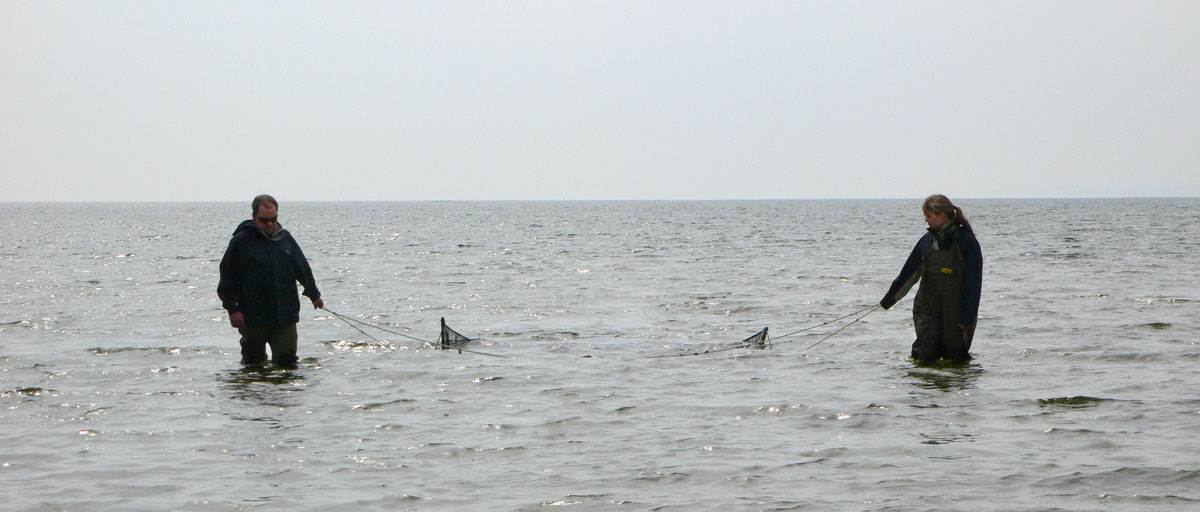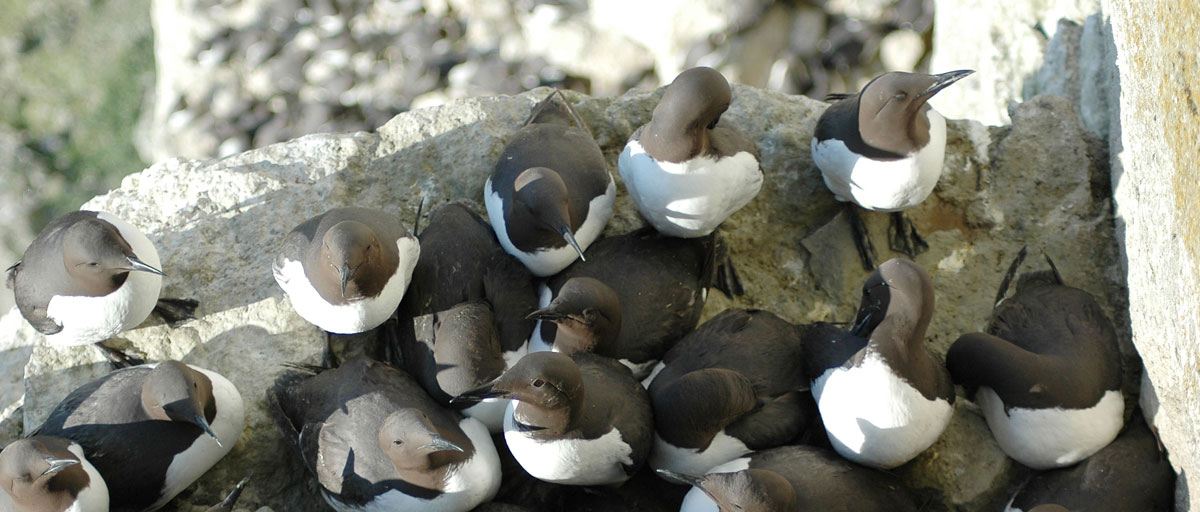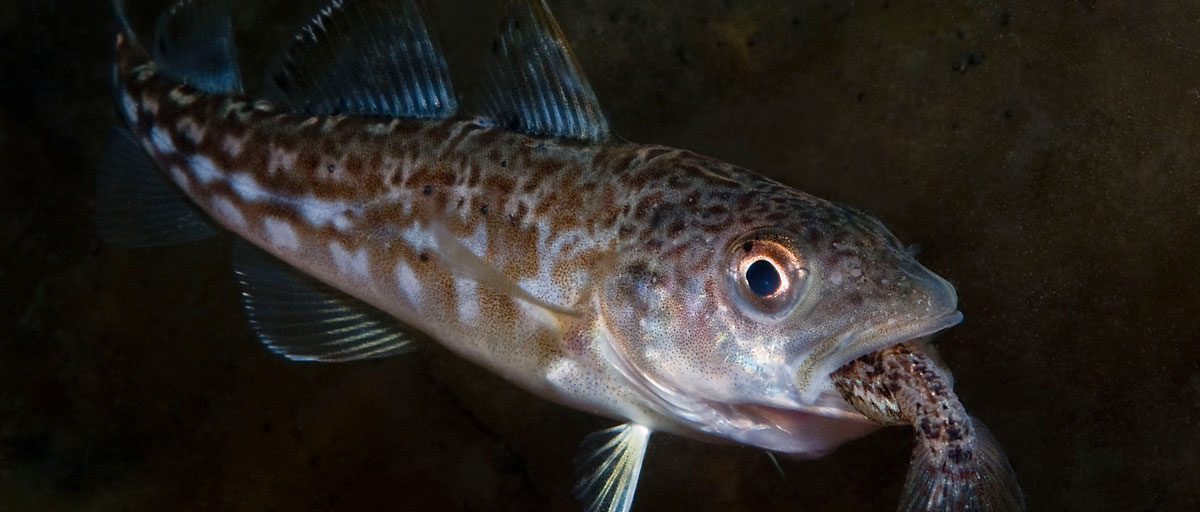
A new study shows how the Baltic cod eats smaller prey in comparison to its body size than other Atlantic cod, and that cannibalism is one of the few methods to full-fill the prey size potential of Baltic cod. Photo: T. Dahlin
Bildtext får vara max två rader text. Hela texten ska högerjusteras om den bara ska innehålla fotobyline! Photo: B. Christensen/Azote
MARINE ECOSYSTEMS
Baltic cod eats smaller than its peers
Smaller sizes of Baltic cod prey mirror the lack of diversity in the Baltic Sea’s changing marine ecosystem
- The Baltic Sea has experienced changes in its marine ecosystem, which is evident in changes in Baltic cod condition
- Researchers of aquatic ecosystem investigate the relationship between body size of cod and their prey to observe how this reflects the dynamics of the surrounding ecosystem
- Baltic cod eats smaller prey in comparison to its body size than other Atlantic cod, and that cannibalism is one of the few methods to full-fill the prey size potential of Baltic cod
Seas across the globe are facing side-effects from modern development. These marine ecosystems are fluctuating in order to cope with fishing industries, the fluctuating climate, and the decreasing diversity of species.
The Baltic Sea is especially lacking in species variety and is home to a type of cod that has progressively decreased in size during the past decades. Parasites, oxygen deprivation, and an overall lack of food sources have all been suggested to contribute to smaller cod.
A recent study led by researcher Susa Niiranen investigated the size relation between Baltic cod and their food items, and what this relationship may imply within the wider ecosystem context. Published in Marine Ecology Progress Series, the study was conducted by researchers specialising in aquatic resources in the Baltic Sea.
The ever-increasing pressures on marine ecosystems make it necessary to understand how keystone, ecosystem-shaping species interact with their environment.
Susa Niiranen, lead author
A sea of low diversity
Results of this study illustrate how Baltic cod lack access to the larger prey that other populations of Northern Atlantic cod consume. The larger prey items in Baltic cod are mainly represented by smaller cod. Hence cod cannibalism may be a mechanism that compensates for the lack of large prey items in the open Baltic.
When it comes to the food chain of Baltic cod, cod has to resort on feeding on smaller prey items to fill its stomach. This results in shorter food chains, and potentially more vulnerable food webs.
Further the researchers explain that “Even if cod are adaptable in their diet, relatively few prey items were found in large numbers in the stomachs of Baltic cod, likely reflecting the low species diversity in the open Baltic Sea.”
This lack of species richness, as well as the widespread hypoxia in the feeding grounds of Baltic cod, may limit the options of adaptation for cod.
This study is an output of the work carried out in the ICES Study Group on the Spatial Analysis for the Baltic Sea (SGSPATIAL).
Methodology
The researchers of this study analysed the diet of Baltic cod, drawing off data taken from 1963-2014, where 107 069 cod were previously sampled for the contents of their food intake. The relationship between the average length of predators and their prey were estimated using a linear least-squares regression, and changes in the minimum and maximum prey size with increasing predator size were analysed using Quantile regression. To calculate the predator-prey mass ratios (PPMRs) of cod and their prey, the length information was translated into weight. Further, the researchers mapped various prey sizes on density plots in order to measure how the distribution of prey size changes between different size classes of cod.
Niiranen S., Orio A., Bartolino V., Bergström U., et.al. 2019. Predator-prey body size relationships of cod in a low-diversity marine system. Mar Ecol Prog Ser 627:201-206. https://doi.org/10.3354/meps13098
